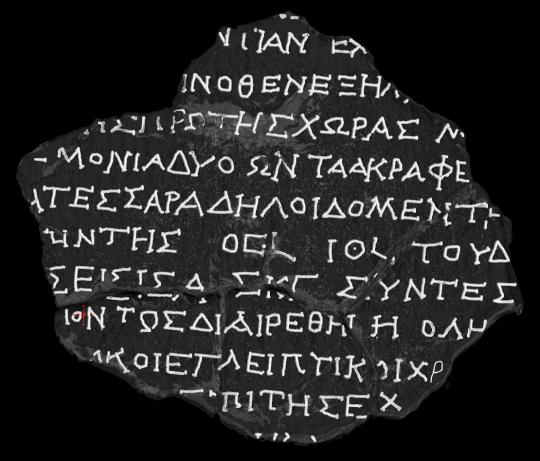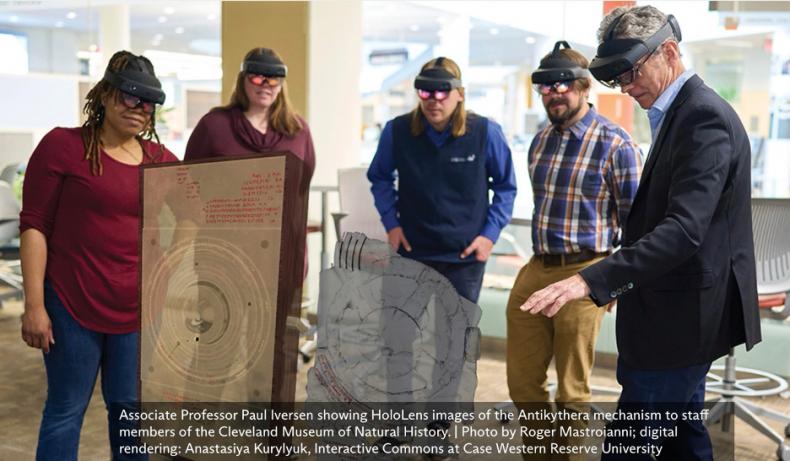May 22, 2025
The Inscriptions of the Antikythera Mechanism (With a Focus on New Readings and Restorations of the Back Cover Inscription)
- 15:00 to 16:30
- Lecture
- Dept. III
- Paul Iversen
The Antikythera Mechanism, so named after the Greek island in whose waters it was salvaged in 1901 from a shipwreck datable to ca. 70-60 BCE, is a remarkable geared device that was constructed in the second or first century BCE to calculate and display various astronomical, calendrical and athletic time periods. It also featured many inscriptions inscribed on its preserved outer and inner surfaces that are key to understanding its functions and the theory behind the gearing. Some of these were noticed at, and several months after, the Mechanism’s recovery in 1901, but it was not until 2016 that members of the Antikythera Mechanism Research Project published a complete edition of these. They did so using data gathered in 2005 from the surviving 82 fragments by the employment of two then newer technologies known as Micro-Focus X-Ray Computed Tomography (CT) and Polynomial Texture Mapping (or PTMs for short now more widely known as Reflectance Transformation Imaging or RTI). This talk will offer a very brief introduction to the discovery and study of the Antikythera Mechanism and its functions, and then using the data gathered in 2005 will discuss my new edition of the inscriptions, focusing on some new readings and restorations to what in the literature is known as the Back Cover Inscription, including in the area of and around Fragment 19 where is found the famous yet enigmatic reference to the Metonic, Callippic and Saros Cycles. Finally, I will discuss my work, in conjunction with the Interactive Commons at Case Western Reserve University, in creating the first-ever Microsoft HoloLens mixed-reality 3-D replica of the Mechanism.

Drawing of Fragment 19 of the Back Cover Inscription of the Antikythera Mechanism by Paul Iversen using Volume Graphics Software.
Contact and Registration
This online event is open to all MPIWG members and the public.
To register, please contact the organizer
Stamatina Mastorakou (smastorakou@mpiwg-berlin.mpg.de).

Associate Professor Paul Iversen showing HoloLens images of the Antikythera mechanism to staff members of the Cleveland Museum of Natural History. | Photo by Roger Mastroianni; digital rendering: Anastasiya Kurylyuk, Interactive Commons at Case Western Reserve University
